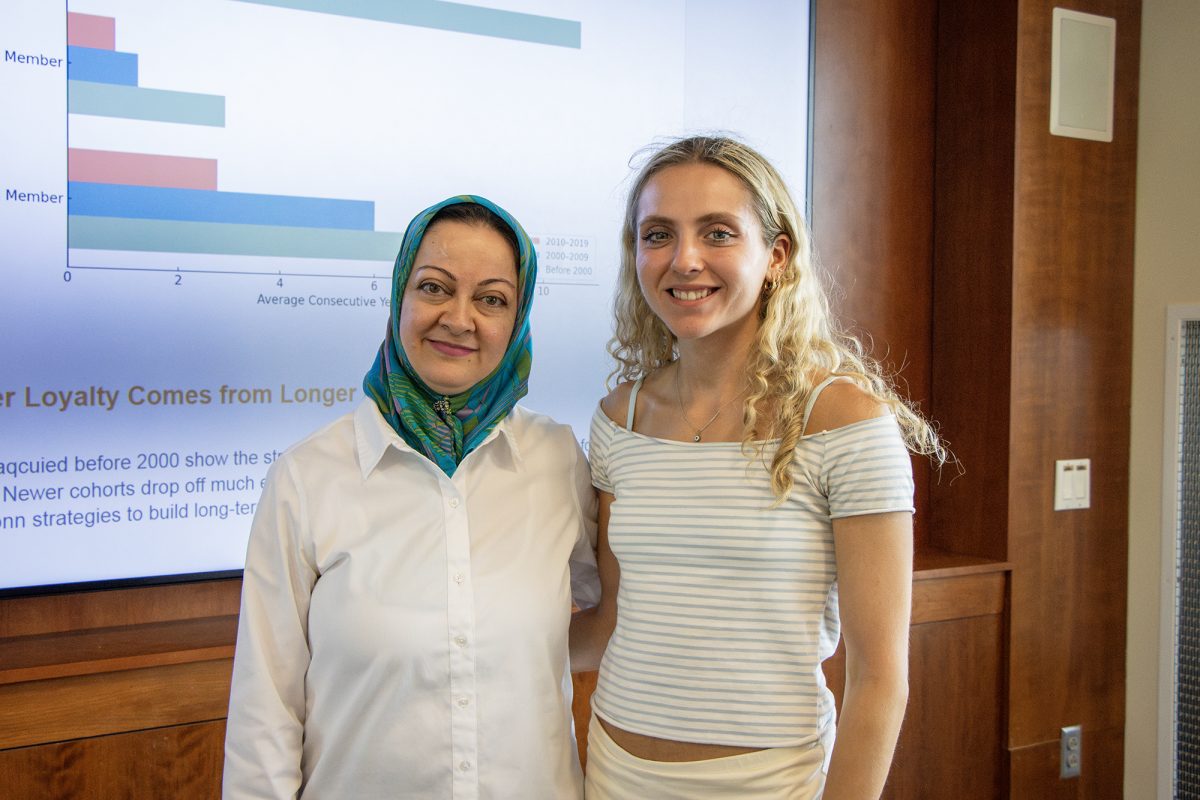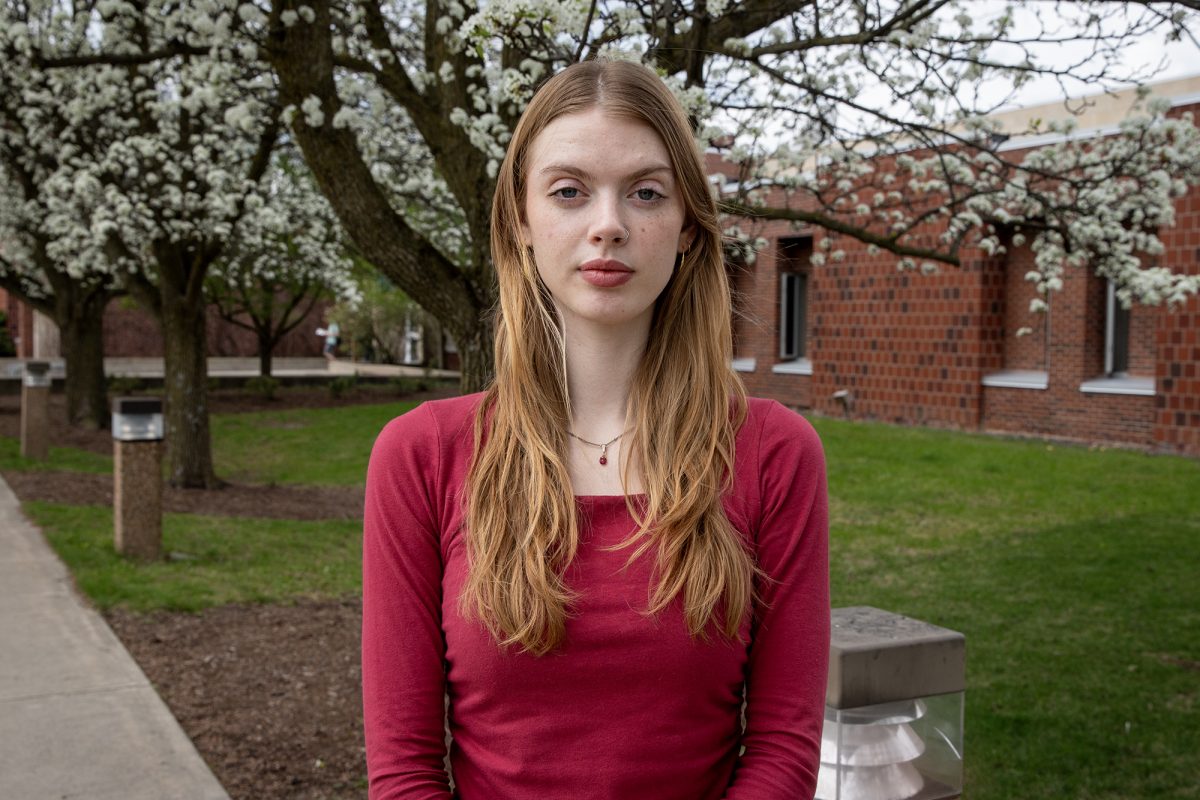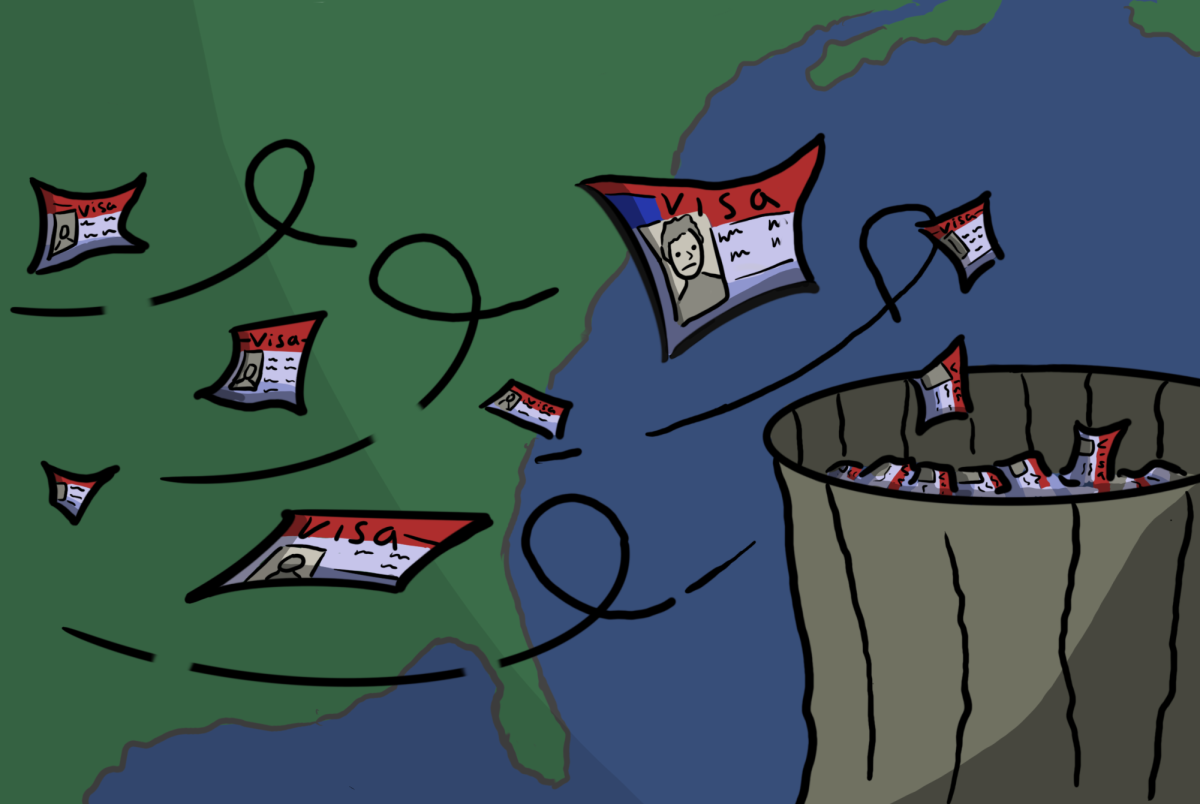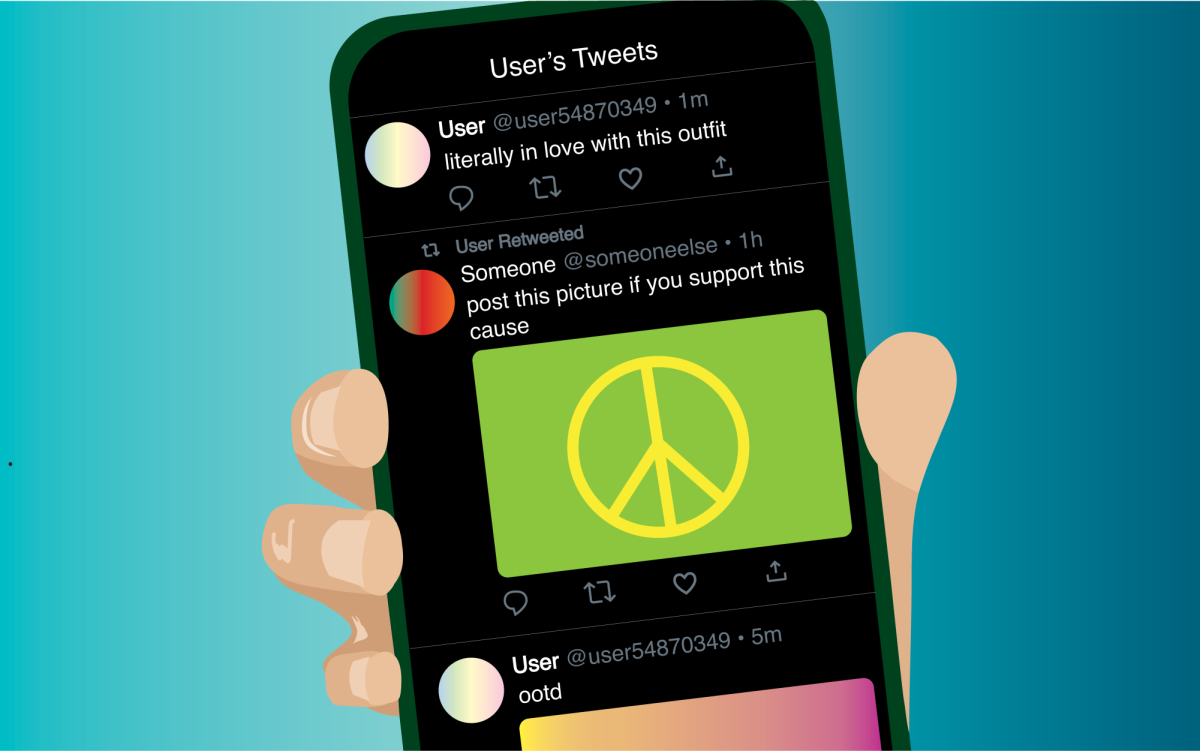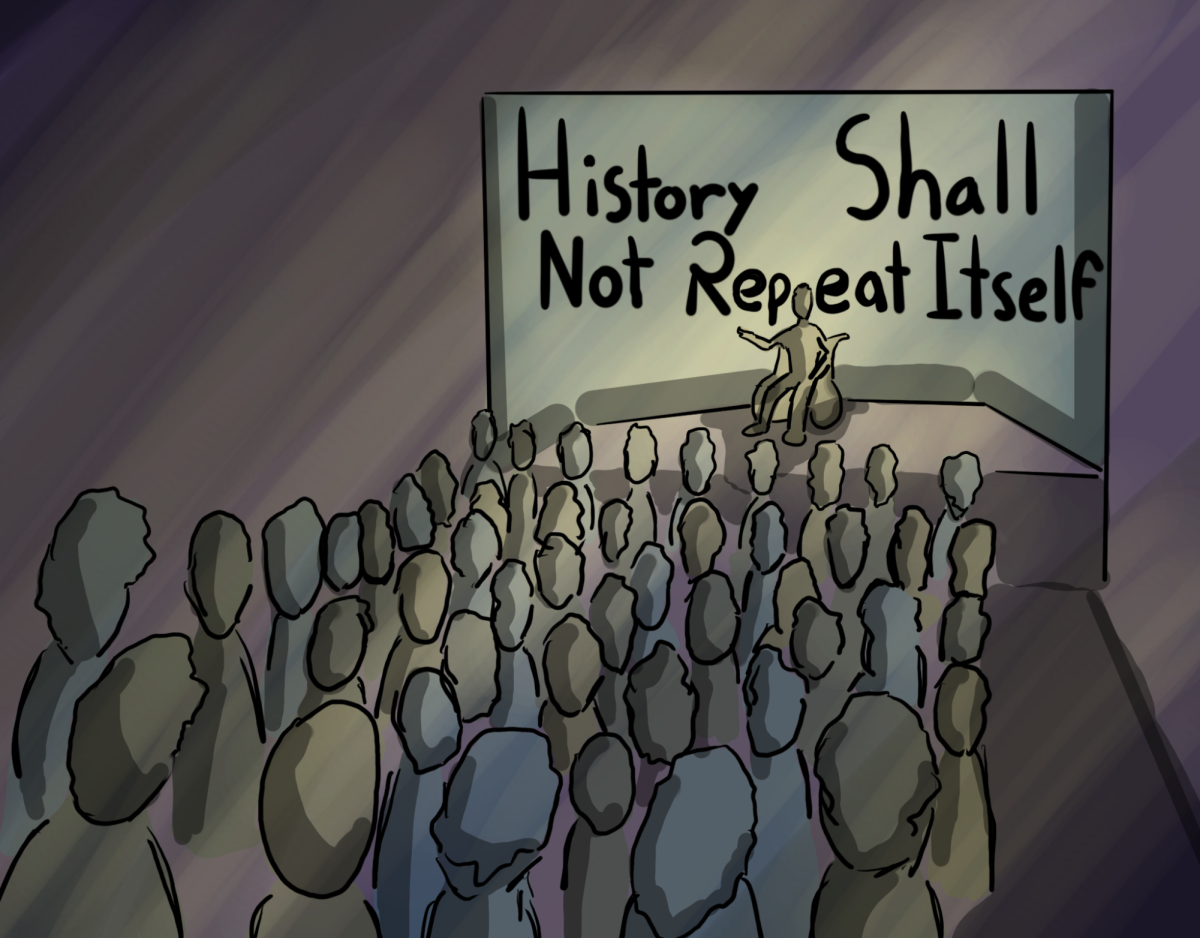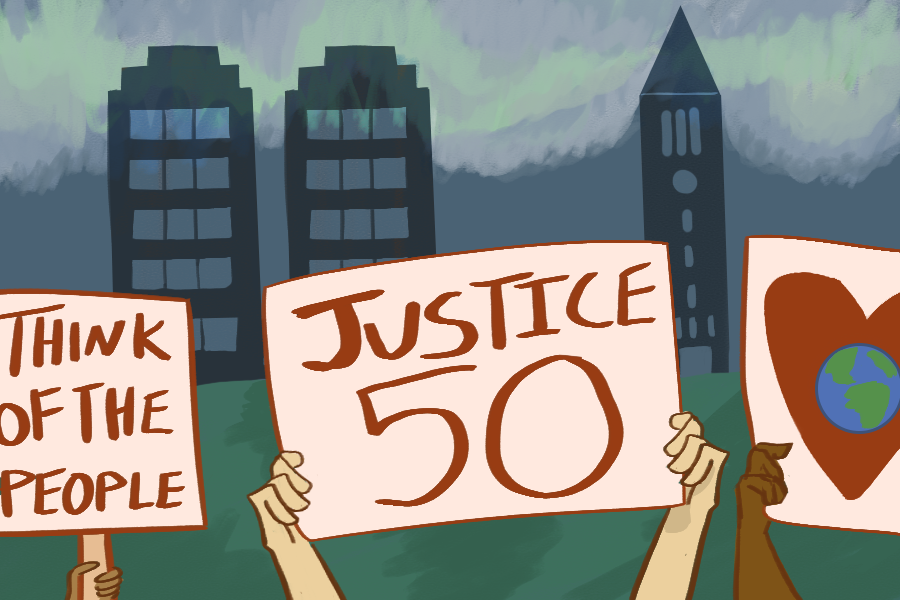Podcasting has been hailed as a medium with the potential to revolutionize education — part of what Will Richardson calls “the Big Shift” in instructional technology in his “Blogs, Wikis, Podcasts and Other Powerful Web Tools for Classrooms.” While podcasts offer a novel means for delivering content, it has increasingly become the duty of educators to assert and demonstrate the necessity of age-old methods of managing this content.
To explain what I mean, let me take you back one semester. The course is German Civilization. My students will read approximately 25 primary texts from 1889 to 1989 and assess each for historical veracity — per the arguments of historian James A. Huston of Lynchburg College. For the first time in my career, I am requiring them to develop an enhanced podcast — that is, a digitally edited and commentated collage of images rendered in easily distributable MP4 format — as their final project. In true pedagogical bi-jingoistic fashion, I have entitled the project Voices from Germany’s Past. I have high expectations, which I’ve made apparent by making the project worth a quarter of their final grade. No research paper. No final exam. I want my students to fuse academic skills of yore with technologies of today.
Fast forward to the last week of the semester. My students have just finished presenting their projects, on which they’ve spent upwards of 15 hours, only to hear me say: “Well, it’s a start; now here’s what I want you to revise for the ‘final’ final version … .”
They had presented podcasts with long, content-rich narratives. But there was little organization; no chapter assignments, clear arguments, or rather thesis statements or documentation; or the audio was unintelligible. They had culled together scads of relevant, engaging images, yet they had not considered media consumer friendliness. Nothing was not couched in music, and the lack of transitions between images left the final product with a jagged, impersonal feel. Finally, none of the podcasts included titles or text, which, when appropriately used, can situate the viewer in the narrative, remind them of previously mentioned content, highlight key words and concepts, and allude to content yet to come.
These things, I explained, were what I wanted them to consider for their final submissions. I’m happy to report that things turned out OK. Most were fine, though, and I was semisatisfied.
Why “semi?” Well, it was a learning process for me, too. On the one hand, I’d structured the project in stages: topic brainstorming, outline formulation, one-on-one tutorials on software/hardware, multiple drafts and a formal presentation. On the other hand, I hadn’t provided a written list of project expectations, like media friendliness, organization, etc. Sure, I’d announced these things in class and during the tutorials in my office. I’d even shown examples. But next time I will spell these out in writing and include them in the course syllabus. Moreover, I overestimated the students’ access to and know-how of both hardware, like microphones for quality recordings, and software, like digital editing of audio and images. In the future, in addition to the traditional skills already mentioned, I will dedicate more time to these practical aspects.
The Association of American Colleges and Universities recently polled companies who hire at least 25 percent of their workforce from two- or four-year colleges what they want these institutions to teach. Seventy percent were looking for “the ability to innovate and be creative.” I believe that nontraditional projects, like podcasts, prepare students for their future working environment: technology-related challenges, creative thinking, critical assessment of information, and innovative and easy-to-follow presentation of potentially complicated content.
James Pfrehm is an assistant professor in the modern languages and literature department. E-mail him at [email protected].


